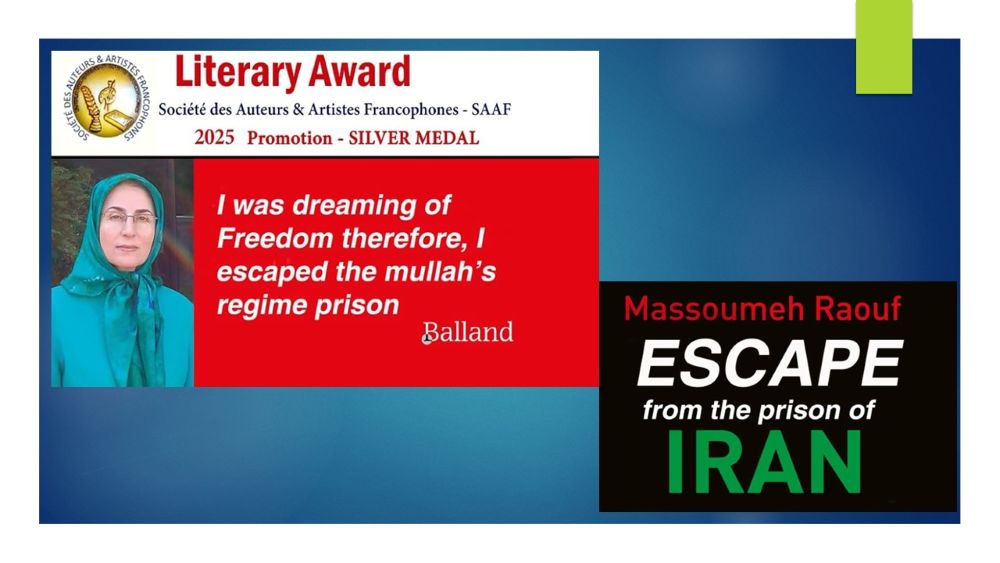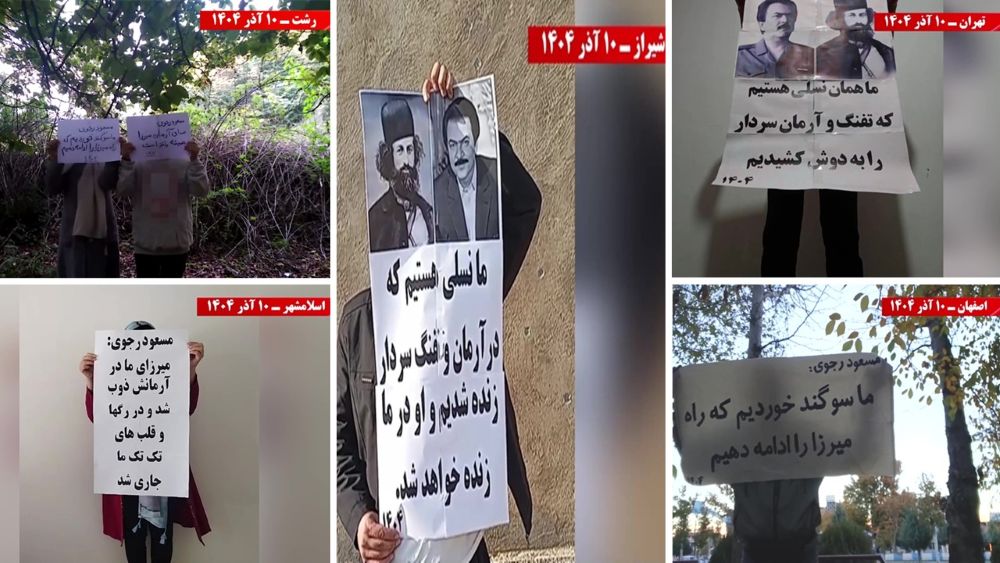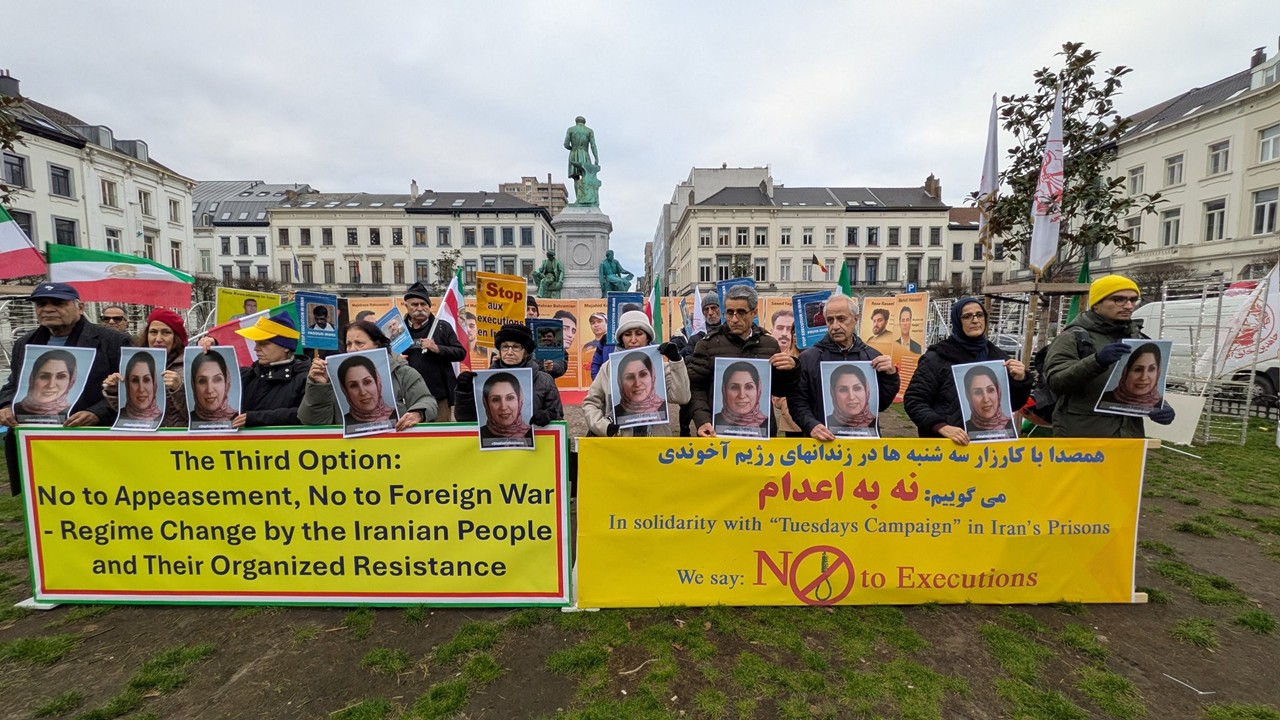Protests have continued across Iran this week, in spite of increased repression by the regime and the ongoing coronavirus pandemic.
January 10
Pensioners and welfare receivers protested outside the Parliament in Tehran, as well as in the cites of Karaj, Esfarayen, Rasht, Ahvaz, Isfahan, Kermanshah, Arak, Qazvin, Tabriz, Mashhad, Khoram Abad, Hamedan, Shush, Borujerd, Shiraz, and Ilam, over demands that have been ignored for months by authorities.
They chanted:
- We will not rest until we get our rights
- Our rights will be restored in the streets
- Retirees, workers, we will stand till the end
- High prices, inflation, are destroying the people’s lives
In a separate rally outside parliament, public school janitors and workers protested unpaid wages, while elsewhere in Tehran, investors protested the crashing stock market, as a result of the regime’s wrongful policies, which has caused immense loss to the Iranian people.
Meanwhile, in Arak, workers at the construction equipment manufacturer Hepco protested over not being paid for several months. At the same time, public workers in Yazd and Tabriz, as well as truck drivers in Qasr-e Qand, have also held protests.
On this day, Ali Asghar Anabestani warned that “the people’s [livelihood] conditions are so poor” that they “have returned to the conditions of 70 years ago”, forced to use animal fat rather than oil because of skyrocketing prices.
This echoed the comments of economist Hossein Raghfar who said that purchasing power was at its lowest for “40 years” and the people were “fed up”.
January 6
Pensioners and workers held a rally in Shadegan, chanting “retirees and workers are hungry!”.
On this day, the Work and Worker daily advised the over 65% of Iranians need welfare, but that the welfare organization is practically bankrupt, which will make things harder for Iranians in the coming months.
This will no doubt lead to the sort of anti-regime protests seen in 2017 and 2019, as economic conditions get worse.
The Iranian Resistance wrote: “Today, the protests movements in Iran are a warning to the regime of what is to come. Despite the regime’s wave of oppressive measures and the tragic wave of coronavirus infections, the people are coming out to the streets to reclaim their rights. Iranian officials know that these are people who have already lost everything due to the regime’s policies, and they have nothing else to lose. The regime is terrified of the consequences of protest movements flaring and becoming more widespread. But it can’t do anything to stop it.”



